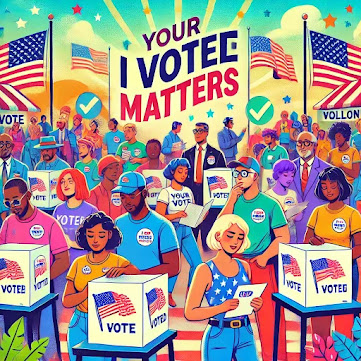The Power of One: How Individuals Can Inspire Communities to Thrive
Understanding the Essence of Community
At its core, a community thrives on the principles of collaboration, trust, and mutual support. It’s a space where individuals come together to share resources, ideas, and efforts to achieve collective well-being. However, the strength of a community is not just in its numbers but in the active participation of its members. This is where the power of individual impact comes into play.
The Role of the Individual: A Catalyst for Social Impact
One might wonder, “Can a single person truly make a difference?” The answer is a resounding yes. History and everyday life are filled with examples of individuals who have sparked change within their communities. Whether through acts of kindness, leadership, or advocacy, one person’s actions can inspire others to follow suit, creating a ripple effect that transforms the entire community. Here’s how you can be that catalyst for positive change:
1. Leading by Example
The most powerful way to inspire others is by leading through action. When you demonstrate compassion, empathy, and kindness in your daily interactions, you set a standard for others to emulate. Simple gestures like helping a neighbor, volunteering at a local shelter, or supporting a community event can have a significant impact. People are naturally drawn to positive behavior, and when they see someone actively engaged in their community, they are more likely to get involved themselves.
Participation is another key aspect of leading by example. Whether it’s attending town hall meetings, joining a community board, or being present at local events, your visible commitment can encourage others to take part. When people see that you are invested in the well-being of the community, they may feel motivated to contribute as well.
2. Building Connections
Communities are built on relationships. By actively fostering connections within your community, you can create a more supportive and interconnected environment. Networking plays a vital role here—introduce people to one another, encourage collaboration, and help bridge gaps between different groups.
Mentorship is another powerful tool for building connections. By offering guidance and support to younger or less experienced members of the community, you can help them navigate challenges and grow into active participants. This not only strengthens the individual but also builds a culture of mentorship and mutual support within the community.
3. Advocating for Change
Communities often face challenges that require collective action to address. As an individual, you can play a crucial role in advocating for change by raising awareness about these issues. Whether through social media, public speaking, or writing, your voice can bring attention to problems that might otherwise go unnoticed.
Starting initiatives is another way to advocate for change. Identify a need within your community and take the lead in addressing it. This could be anything from organizing a neighborhood clean-up, launching an educational program, or creating a support network for vulnerable members of the community. When you take the initiative, you not only address the issue at hand but also inspire others to contribute their time and resources.
4. Empowering Others
Empowerment is about enabling others to realize their potential and take action. By encouraging participation and making it clear that everyone’s contribution is valuable, you can help create a community where people feel motivated to get involved. Sometimes, all it takes is a simple invitation to a community event or a word of encouragement to inspire someone to take part.
Celebrating successes is another important aspect of empowerment. When community members achieve something, whether big or small, acknowledge and celebrate it. Recognition boosts morale and reinforces the idea that their efforts are appreciated, which in turn motivates further involvement.
5. Promoting Inclusivity
Inclusivity is the cornerstone of a strong and vibrant community. By promoting an environment where everyone feels valued and respected, regardless of their background or identity, you can help build a more united community. This involves welcoming diversity, listening to different perspectives, and ensuring that everyone has a voice in community matters.
Being inclusive also means being open to learning from others. Communities are diverse, and each member brings unique experiences and insights. By actively listening and learning, you can help create a culture of respect and collaboration, where different ideas are not just tolerated but valued.
Inspiring a Movement: The Ripple Effect of Positive Action
When one person takes the initiative to positively impact their community, it creates a ripple effect. Others are inspired by their actions and begin to contribute in their own ways, leading to a cycle of goodwill and collective effort. This is how communities transform—through the cumulative impact of individual actions.
Imagine a community where people regularly engage in acts of kindness, where neighbors know and support each other, and where challenges are met with collective solutions. Such a community doesn’t just happen; it is built through the consistent efforts of individuals who choose to make a difference.
In conclusion, the power to inspire and uplift a community lies within each of us. By leading with compassion, building connections, advocating for change, empowering others, and promoting inclusivity, you can make a lasting social impact. Your actions, no matter how small, can inspire others to embrace their community, creating a stronger, more resilient, and more vibrant community for all. So take the first step—your community is waiting.












Comments
Post a Comment